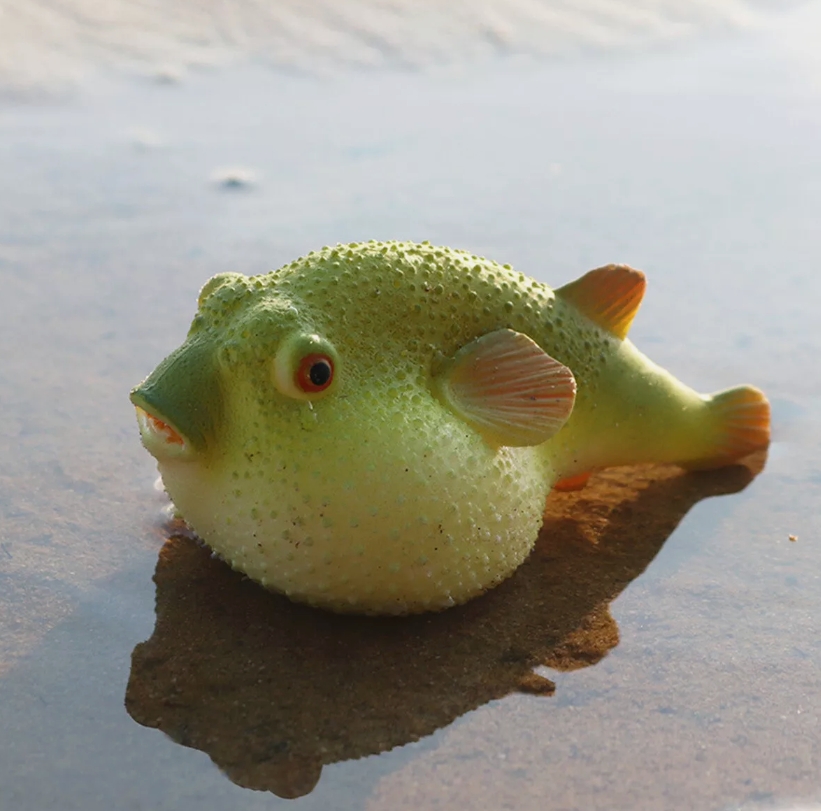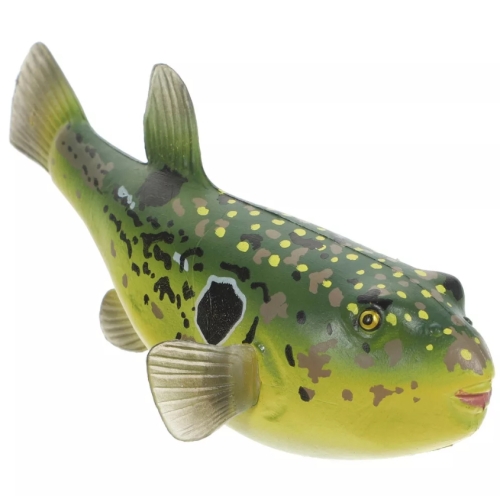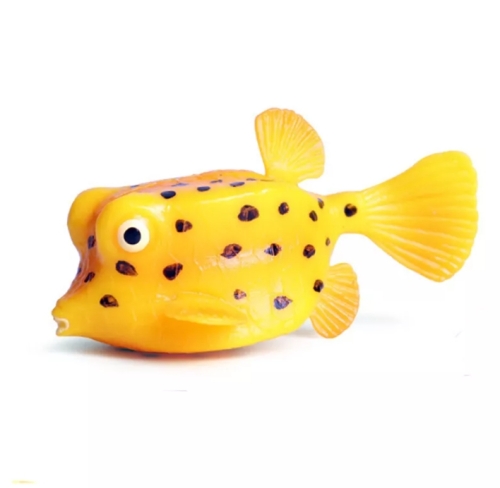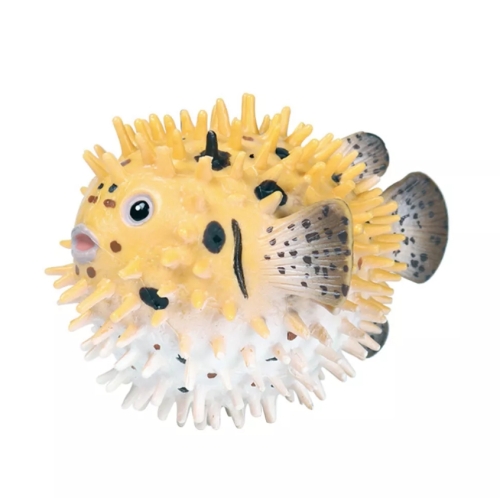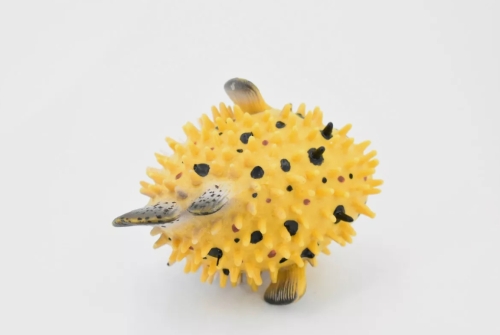The puffer model is a model used to analyze and predict the behavior of complex systems such as ecosystems, economies, and even social dynamics. The model is named after the puffer fish because it can rapidly expand to protect itself in the face of a threat, a process that reflects the nonlinear and abrupt nature of the system under certain conditions.
The core of the blowfish model is its description of the interaction of multiple factors inside the system. Unlike traditional linear models, the pufferfish model emphasizes the impact of environmental changes on individual or collective behavior, especially when external pressures are increased, and the system may exhibit drastic responses. This nonlinear property has made the puffer model widely used in economics, ecology and other disciplines.
For example, in ecosystems, puffer fish models can be used to simulate population dynamics. Populations may exhibit sudden growth or collapse in the face of limited resources or environmental changes. Researchers can use the puffer fish model to predict these changes and develop corresponding management strategies to avoid ecological crises. In economics, the puffer fish model can be used to analyze market behavior and predict fluctuations in the stock market or economic cycle, and through the adjustment of the model, it can help decision makers identify potential risks and opportunities.
Using the puffer fish model, researchers can conduct in-depth analysis of complex systems and come up with more accurate predictions. In practical application, the parameters of the model can be adjusted according to the specific situation to adapt to different research objects and environments. Therefore, the puffer fish model not only improves our understanding of complex dynamic systems, but also provides scientific basis and theoretical support for dealing with practical problems.

